
It finally happened.
After what has seemed like months of speculation regarding a potential trade between the Arizona Coyotes and Pittsburgh Penguins, with Phil Kessel being the centerpiece of the deal, the swap finally happened late on Saturday afternoon, with the news breaking at around 4:30 P.M. local time in the Valley of the Sun.
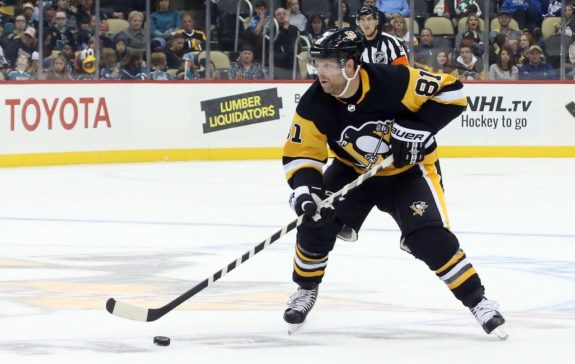
Also included in the deal is Pittsburgh’s 2021 fourth-round pick, along with ECHLer Dane Birks. Heading to the Penguins in the trade are center/left-winger Alex Galchenyuk, along with left-handed defenseman Pierre-Olivier Joseph, who was the team’s first-round pick in 2017.
The Financial Implications
While it remains to be seen which side will win the trade when it comes to the on-ice results, the financial implications of the trade are immediately clear – no salary was retained by either side, meaning Galchenyuk’s entire $4.9 million cap hit for the 2019-20 season will go to Pittsburgh, while Kessel’s cap number of $6.8 million for the next three years will be absorbed by Arizona. The Coyotes inched $1.9 million closer to the cap ceiling, leaving them with a projected total of $1.7 million in cap space.
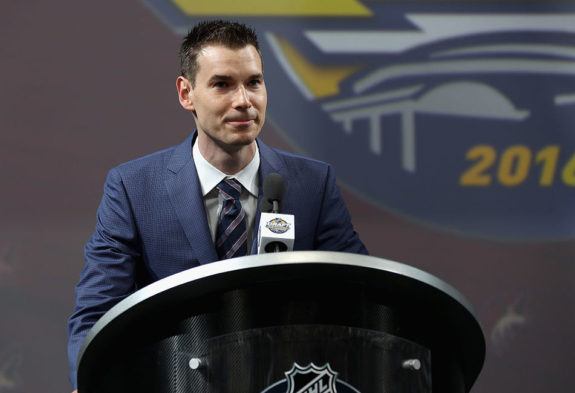
Another $5.275 million will be available to general manager John Chayka when he puts Marian Hossa on long-term injured reserve, giving the Coyotes roughly $7 million in cap space to fill out the roster for the 2019-20 campaign.
The league’s hard salary cap should not be an issue for Chayka this summer – as of this writing, 11 forwards, seven defenseman and two goaltenders are under contract for 2019-20. Once Chayka signs restricted free agent Lawson Crouse, and assuming 2018 first-rounder Barrett Hayton will be on the Opening Night roster, the Coyotes will have around $4.5 million of cap space to use on one forward to complete the roster.
They’re in good shape.
Kessel Will Provide Immediate Offense
Now, for the hockey perspective.
It’s no secret that the Coyotes were shopping for offensive help this summer. The team finished with the league’s best penalty kill and allowed the fifth-fewest goals against in 2018-19, yet still missed the playoffs due to their anemic and, at times, lifeless offense and power play, which ranked 29th and 26th in the NHL, respectively.
Along with the newly acquired Carl Soderberg, Kessel should provide immediate help in each of these two problem areas. In the soon-to-be 32-year-old, the Coyotes are getting a player they’ve lacked since the days of Jeremy Roenick and Keith Tkachuk – a dynamic forward that’s capable of breaking a game open at any time.
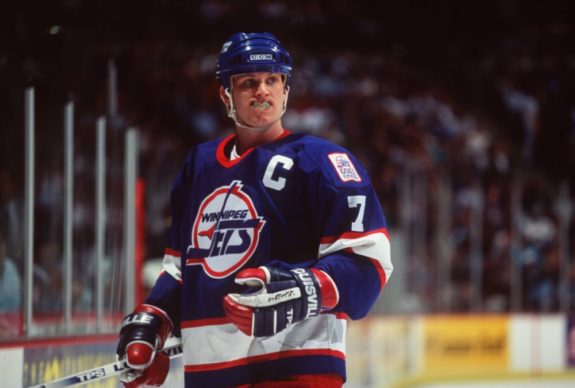
The Coyotes have had a single player (Tkachuk in 1996-97) exceed the 80-point mark since the franchise relocated to the Grand Canyon State in 1996. Kessel has posted four such seasons in his career, including an 82-point campaign in his most recent effort in 2018-19.
Kessel finished the 2018-19 season with 36 power-play points (PPP), including 12 power-play goals (PPG). The only Coyote in franchise history to record more than 32 PPP in a season was the Captain, Shane Doan, who collected 41 PPP in 2005-06.
It’s safe to say that Coyotes fans haven’t seen a player of Kessel’s caliber suit up for the franchise in over two decades.
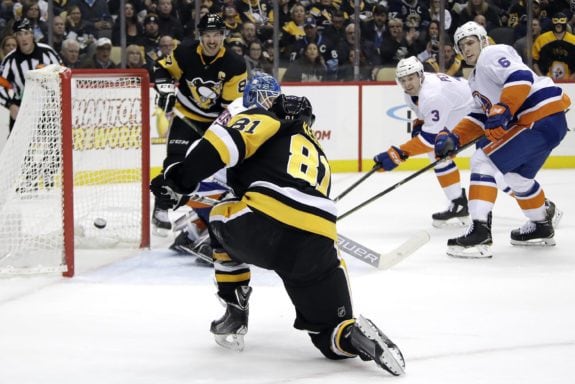
In addition to his scoring abilities, Kessel has proven to be extremely durable – he’s played in 996 of 1032 possible NHL contests since starting his career, with Oct. 31, 2009, being the most recent occasion he missed a game.
With Arizona’s well-documented injury woes last season, acquiring players without lengthy injury histories is definitely a priority going forward.
What Did It Cost? Not Everything
As we discussed earlier, the Coyotes sent forward Alex Galchenyuk and prospect Pierre-Olivier Joseph to Pittsburgh to complete the trade.
Losing Joseph, a 2017 first-rounder, stings, but Chayka was dealing from an organizational strength here – blueline prospects Kevin Bahl, Kyle Capobianco, and Victor Soderstrom are in the pipeline already, and the NHL backend appears set for at least the next two seasons, as Alex Goligoski, Niklas Hjalmarsson, Jason Demers, and Jordan Oesterle are signed through 2021, with Jakob Chychrun and captain Oliver Ekman-Larsson locked up until 2025 and 2026, respectively. There’s no immediate need for more defensemen in the organization, so Chayka flipped an unneeded asset for the goalscoring help the franchise so desperately needed.

When it comes to Galchenyuk, he likely has a brighter future than Kessel, but, right now, Kessel is easily a far, far better player. He’ll be 32 by Opening Night, but Kessel compares favorably to the 25-year-old Galchenyuk in nearly every area. He scored twice as many points last season, was more productive on the power play, and played more minutes every night.
The only area where Galchenyuk tops Kessel is possession – Galchenyuk owned a Corsi-For Percentage (CF%) of 47.32% in 2018-19, while Kessel’s CF% was 46.7% for the season.

The Kessel-for-Galchenyuk portion of this trade is a huge upgrade for Arizona.
Chayka Closes the Deal
One could argue that Chayka could have addressed the offense via the free agency market, but it’s likely that he already did his due diligence in this area. It would have cost significantly north of $6.8 million to sign a player of Kessel’s caliber in free agency, and that contract would come with significantly more term as well.
For example, Artemi Panarin would provide a similar impact to Arizona’s offensive fortunes, but he’ll command a yearly salary of at least $11 million on a seven-year deal. There’s no way the Coyotes can fit that number under the cap ceiling, so Chayka had to look to the trade market.
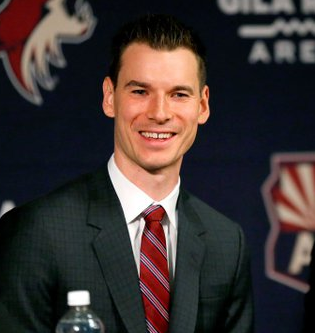
Chayka additionally has the problem of mutual interest. Just because a player is available on the market, doesn’t necessarily mean he’ll sign in Arizona even if the club can offer a similar salary. Most of the league’s high-end free agents are zeroing in on the teams they’ll sign with when unrestricted free agency begins on July 1, and it’s likely that Chayka has been in communication with their agents in order to gauge their interest levels.
The Coyotes have had trouble with luring big-time free agents to the Valley in recent years, so, if a big-time player with ties to your head coach has indicated that he’d accept a trade to your team, you do what you have to in order to get the deal done.
And that’s what Chayka did. As he did during the first round of the 2019 Entry Draft, the Coyotes’ GM stepped up and got his man.
Overall, this trade should benefit both teams, but the Coyotes, in particular, should receive a huge boost from Kessel’s presence. Not only is he the team’s best offensive player, he’s also a star in a town that’s lacked one since the retirement of Shane Doan following the 2016-17 season. Kessel will sell tickets, sure, but, more importantly, he’ll put the puck in the net.
With one of the league’s best goalscorers on board, will we see a return of White Out conditions in Glendale in April 2020?